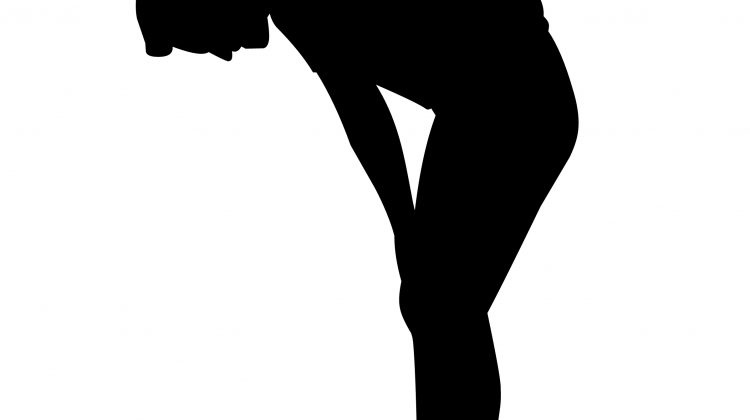The body includes several systems of balance. They are the somatosensory, vision and vestibular. Vision plays an important part in balance. The brain uses information from system to help with body awareness in space and the surrounding environment.
Motion sickness is a condition related to the visual system. It is caused by a mismatch of sensory signals related to vision and the body’s position. It involves a malfunction of central structures involved in comparing the sensory input motion.
Symptoms of motion sickness include: nausea and general feeling of discomfort or uneasiness after being involved in a real or an illusional sensation of motion. It is important to understand this type of feeling and be aware of your environment to prevent falling. The symptoms from motion sickness usually last longer and are more intense than true vertigo.
I’m Steve Taylor, Physical Therapist of Southern Physical and Occupational Therapy Services
Moving You To A Pain-Free Lifestyle





